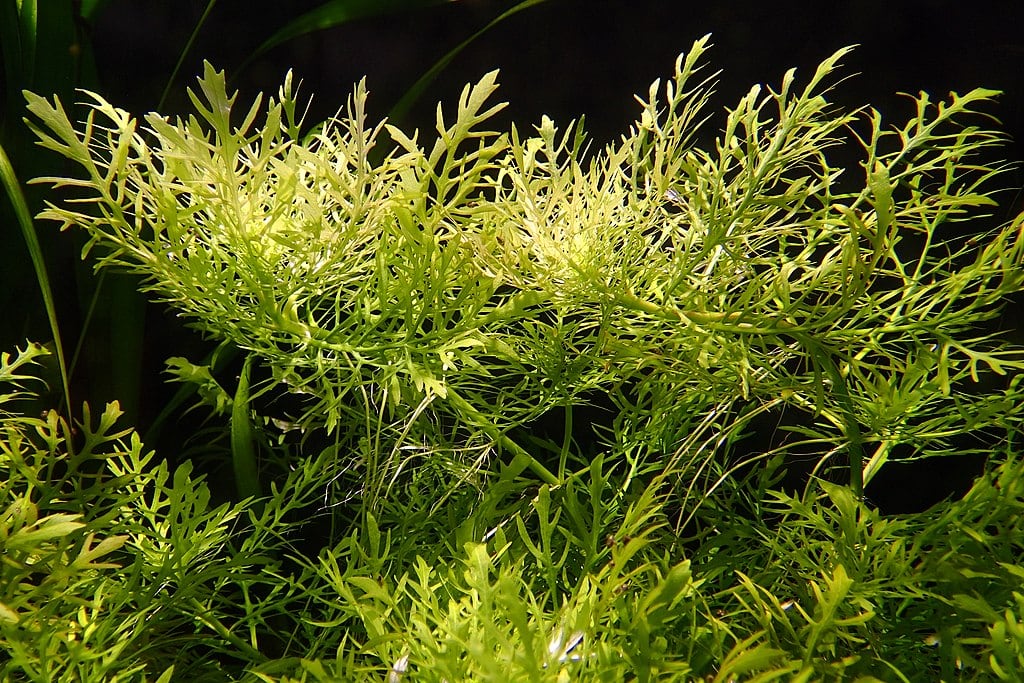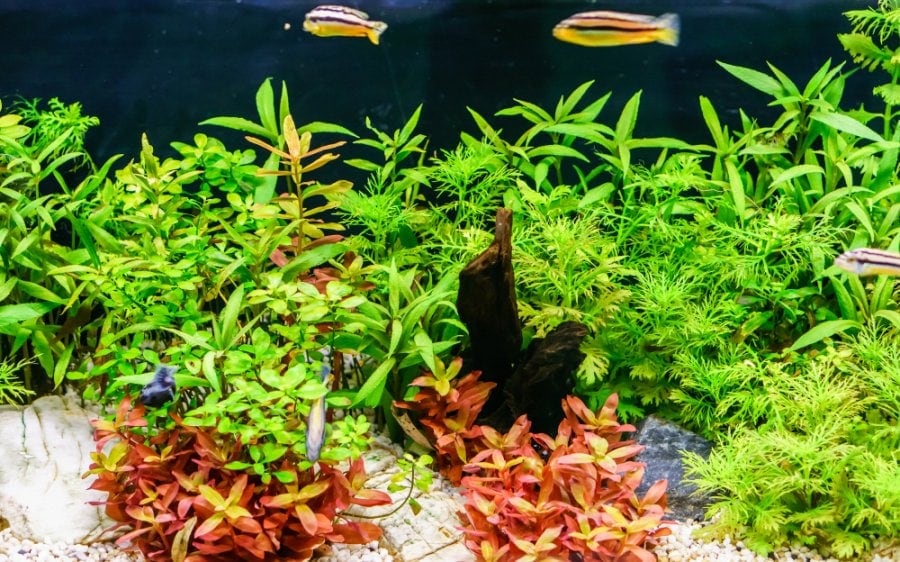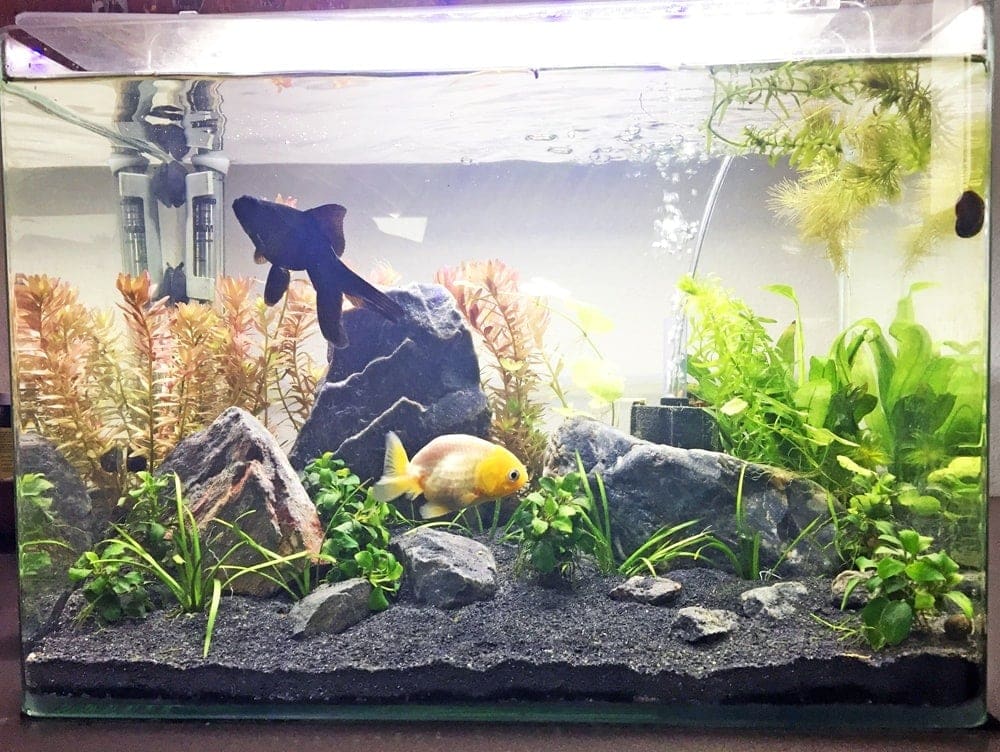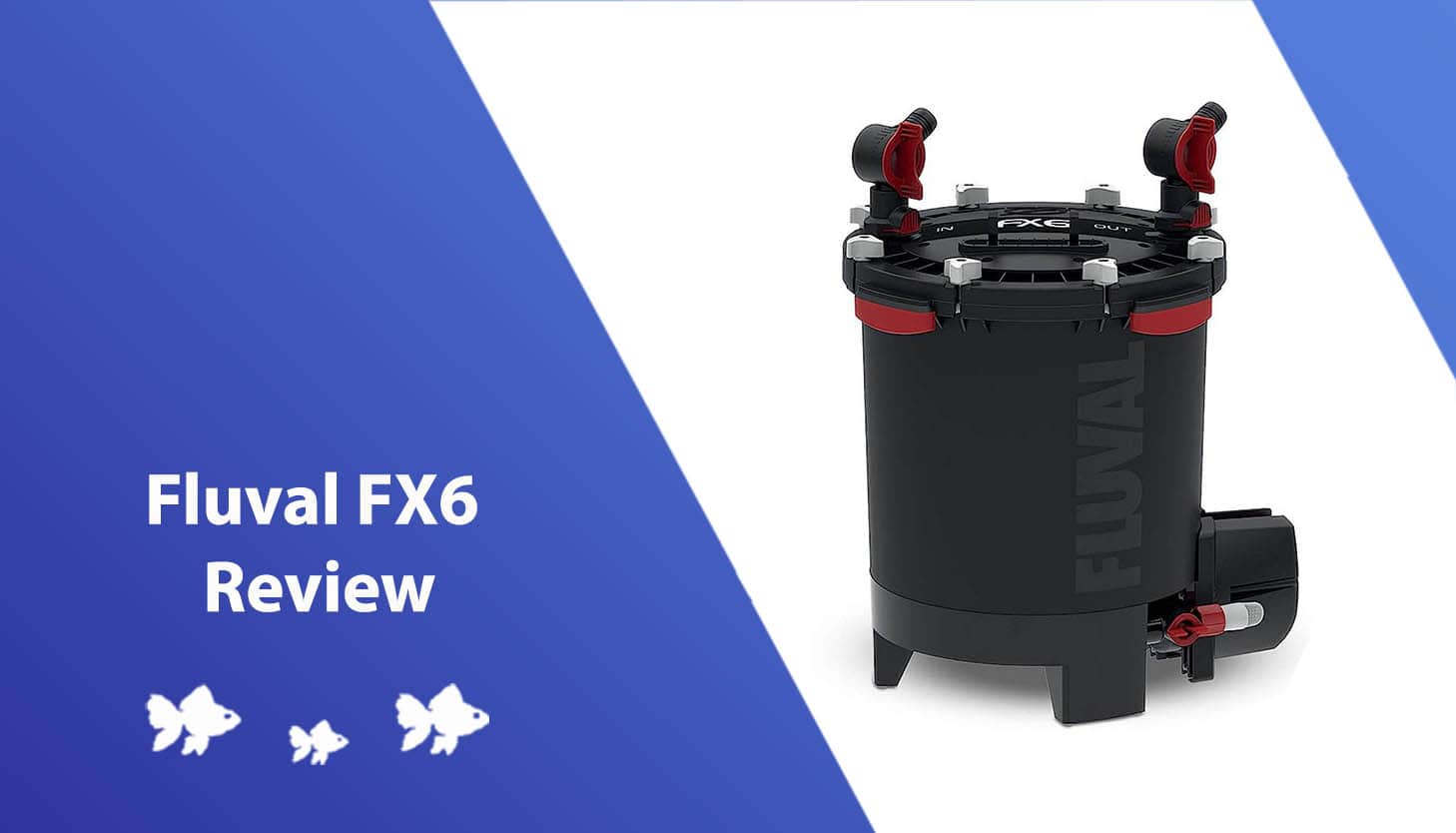Water Wisteria (Hygrophila difformis): Plant Care, Growing & Propagation

Updated on

Are you looking for an easy-care, aquatic plant that is versatile? Look no further than water wisteria!
This plant is exceptionally easy to care for, requiring little more than moderate lighting and nutrient-rich water, which your fish will take care of for you. It grows tall and wide, making it a good choice as a background or midground plant, depending on the size of your tank.
As a bonus, water wisteria is a flowering plant, creating beautiful blooms with shades of purple and white. If you have an open-top tank, then water wisteria may reward your care with these lovely blooms.
Here are the things you need to know before adding water wisteria to your aquarium!
Useful Information About Water Wisteria
| Family Name: | Acanthaceae |
| Common Name: | Water wisteria, wild wisteria |
| Origin: | India, Nepal, Bangladesh, Bhutan |
| Color: | Bright green leaves with dark green stems; violet, lilac, or purple flowers |
| Size: | 20 inches |
| Growth Rate: | Fast |
| Care Level: | Easy |
| Lighting: | Moderate |
| Water Conditions: | Water 70-82˚F
pH 6.0-8.0 |
| Minimum Tank Size: | 10 gallons |
| Supplements: | None |
| Placement: | Floating, carpet, middle of tank, back of tank |
| Propagation: | Cuttings |
| Compatibility: | Temperate to tropical freshwater tanks |

Water Wisteria Appearance

Water wisteria grows on thick, dark green stems that bright green leaves branch from. This plant experiences heterophylly, which means it can change the appearance of its leaves based on the environment. Some plants have leaves that are wide and toothed, like a mint leaf. Some plants have leaves that are wide with a more exaggerated toothed appearance, like cilantro leaves. Other plants have narrower leaves with pronounced finger-like offshoots, like fern leaves.
A single plant can reach up to 10 inches in width and 20 inches in height.
Water wisteria can produce lovely violet, lilac, or purple flowers that usually are accented with white. These flowers have a snapdragon-like appearance. The flowers are produced on the thick stalks that the leaves grow on and they only bloom above the waterline.
These plants are versatile and can be used as floating plants or background or midground plants, dependent on the size of the tank and the fish living in it. They can also be laid flush with the substrate and used as a tank carpet.
Where to Find It?
In the wild, water wisteria can be found growing in marshy areas on the Indian subcontinent. It also has become naturalized in many parts of the United States but is considered invasive in most of these areas.
Water wisteria is typically easy to come by online and in stores. Large stores, like PetSmart and Petco, usually have it in stock, and small, local stores will often stock it as well.
General Care

Water wisteria is a great, easy-care aquarium plant. It does not require supplements for growth, but it will grow best with nutrients added to the water. This plant does not do well with root tabs.
This plant is native to marshy, tropical environments, so it prefers warm water, but can survive in cool water. This makes it a good tank choice for a variety of fish like tetras, danios, and guppies.
Water wisteria grows rapidly, especially with supplementation and moderate lighting, so it will likely require pruning unless you want it to get large. Pruning is easy, though, and only requires you to cut the plant off at the node nearest the height you want it to be. The trimmings can then be planted, creating a new plant.
If the leaves begin to brown, it is likely due to too much or too little light. Leaves that begin to turn black are likely dying, which can be related to light, nutrition, or disease.
Habitat, Tank Conditions & Setup
Tank/Aquarium Size
This plant is recommended for tanks 10 gallons and above due to the large size it can reach. It grows quickly and if it is not kept in check, it may block out the light to plants below it. It may also take up too much space in the tank for fish that prefer large, open swimming areas.
Water Temperature and pH
Water wisteria can grow in water from about 68-82˚F but prefers to live in water that is between 74-82˚F. It prefers slightly acidic to neutral pH from 6.5-7.5 but can survive in pH between 6.0-8.0.
Substrate
Water wisteria does not require substrate since it can be floated. However, it prefers to be planted in a nutrient-rich substrate like dirt or sand. It can also be planted in fine gravel.
Plants
If not being used as a tank carpet, water wisteria can be planted with low-profile plants like Java moss and dwarf hairgrass. It can also be planted with other tropical midground to background plants like Java ferns and swords.
Lighting
Water wisteria prefers moderate tank lighting. It may survive low light, but its colors will dull, and it will likely not flower.
Filtration
This plant prefers low current tank setups but can live in moderate currents. This plant will aid in the filtration of the water and can use nutrients that are in the water.
Planting Tips
Water wisteria does not have to be planted and makes a nice floating plant. It can be planted as a midground or background plant in a nutrient-rich substrate. It has thin, white roots that will snake below the surface of the substrate, anchoring the plant in place.
If preferred as a carpet, water wisteria can be laid on its side on the substrate and weighed down into place. It will send out roots at multiple leaf nodes on the stem, allowing it to root on its side. It will mostly grow in the direction the top of the plant is facing, so multiple plants facing different directions may be needed for adequate plant cover.
The 7 Benefits of Having Water Wisteria in Your Aquarium
1. Creates variety
Since water wisteria can be planted in multiple ways, it can create a lot of variety in your tank. You could even plant multiple water wisteria plants in different ways to create different looks based on your preferences and tank needs.
2. Helps filter toxins from the water
Water wisteria will absorb nitrate, nitrites, and ammonia from the water, improving water quality for your aquatic pets.
3. Improves oxygen in the water
In moderate light environments, this plant absorbs CO2 and releases oxygen in return. The higher the oxygen concentration in your tank water, the healthier your aquatic pets will be.
4. Provides shelter for fish

The size of water wisteria means that it can create a great hiding place for fish, fry, and shrimplets. Some fish just enjoy swimming through its variegated leaves.
5. Shades the water below
If you have low-light plants or animals in your tank, water wisteria can help create shade for everything below it. It can provide this benefit if it is floated, if it is allowed to reach the water’s surface, or if it is a tall plant in a tank with smaller plants.
6. Easy to propagate
Water wisteria is easy to propagate and grows rapidly, which means you may only need to acquire one or two plants to create a forest of plants.
7. Decreases algae risk
This plant produces phosphorus, which is believed to create an inhospitable environment for algae growth. It also grows rapidly enough that it may starve algae of nutrients by consuming all the nutrients in the water first.
Concerns About Water Wisteria
Water wisteria leaves are relatively delicate and while it roots deeply into the substrate, it is easy to uproot. This makes it a poor candidate for sharing a tank with goldfish and cichlids.
It can create problems in aquariums if there are smaller plants with moderate to high light requirements since it may shade these plants. It also grows so rapidly that it may outcompete other plants for nutrients and space. Also, it is important to know that water wisteria will begin absorbing oxygen from the water instead of releasing it if it does not receive enough light.
The size of this plant can also become an issue for tanks with fish that prefer large amounts of open swimming space. In this type of tank, it should be planted around the edges of the tank and not near the middle, leaving plenty of swimming space open.
This plant should only be kept in indoor aquarium settings due to its invasive nature. If you live in an area where water wisteria can survive in a pond setting, it should not be kept in your pond. Keeping this plant in an outdoor setting provides it an opportunity to escape into native waterways, risking damage to the local ecosystem.
Final Thoughts
Consideration should be given to the concerns about water wisteria mentioned above before adding it to your aquarium.
If you are breeding shrimp or have livebearers, this plant may be just what you need to keep your fry and shrimplets safe from other tank inhabitants. It is a great plant in tanks with many types of fish, even herbivorous fish. As long as they are not fish that tend to uproot plants, water wisteria will likely grow back faster than your fish can eat it.
This plant will do best in an environment with over tank lighting so you can control the amount of light it gets every day. This will give you the fullest and prettiest water wisteria that will potentially reward your care with a show of purple flowers.
Featured Image Credit: Hygrophila difformis (Image Credit: Krzysztof Ziarnek, Kenraiz, Wikimedia Commons CC BY-SA 4.0 International)











